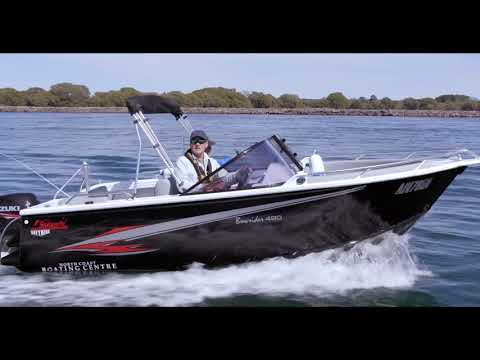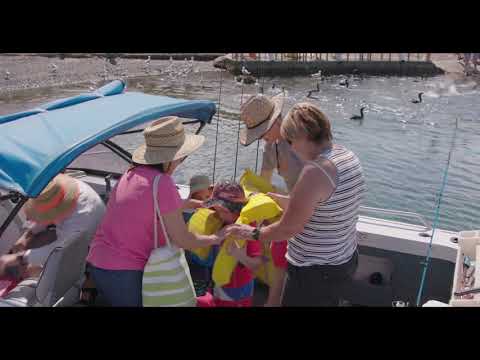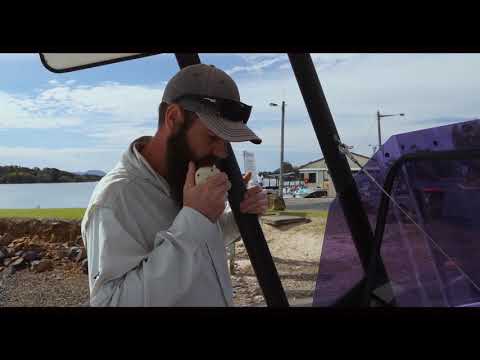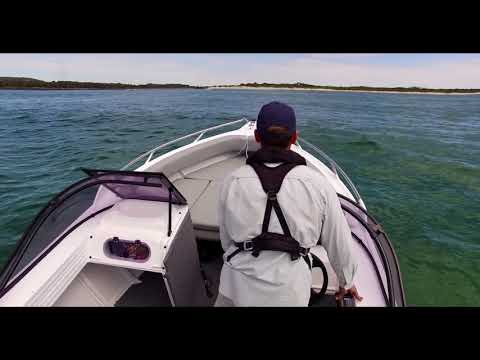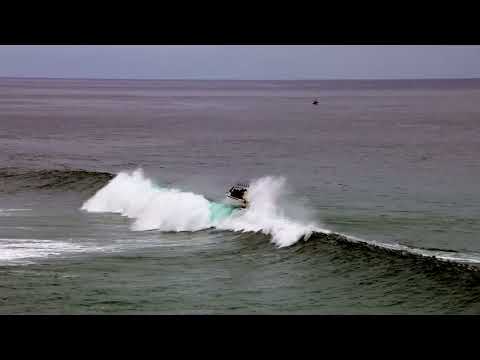Hi, I’m Rob Paxevanos for Roads and Maritime Services. Welcome to the second episode in this six-part series on how to cross a bar. This episode tells you how to plan for a bar crossing.
The first thing you need to do when planning a bar crossing is visit the Roads and Maritime Services website at rms.nsw.gov.au. It provides information on coastal bars across New South Wales, access to the coastal bars’ camera network, and tips for a safe crossing.
Then seek advice from locals, commercial operators, marine retailers, Marine Rescue NSW or local boating safety officers for tips on crossing the bar safely.
If you can, observe the bar from a high position for a few days leading up to and including your crossing. Look for the area of least wave activity and watch how other vessels handle the bar.
Check the weather conditions and tide times. The best time to head out and come back in over a bar is always an incoming tide. Information is available on the internet for wave strength and height data, such as at the Manly Hydraulics Lab or at the Bureau of Meteorology website.
And check all lifejackets have been serviced in the past 12 months or as specified by the manufacturer.
Then, armed with all this knowledge, assess the risks based on the conditions. Do you have the experience, and is your vessel capable of navigating the bar? If in doubt, don’t go out. And always have an alternative port or safe anchorage as a back-up plan in case you can’t come back in over the bar.
Watch out for the next episode in this series where we look at preparing your vessel, crew and yourself to cross a bar.
